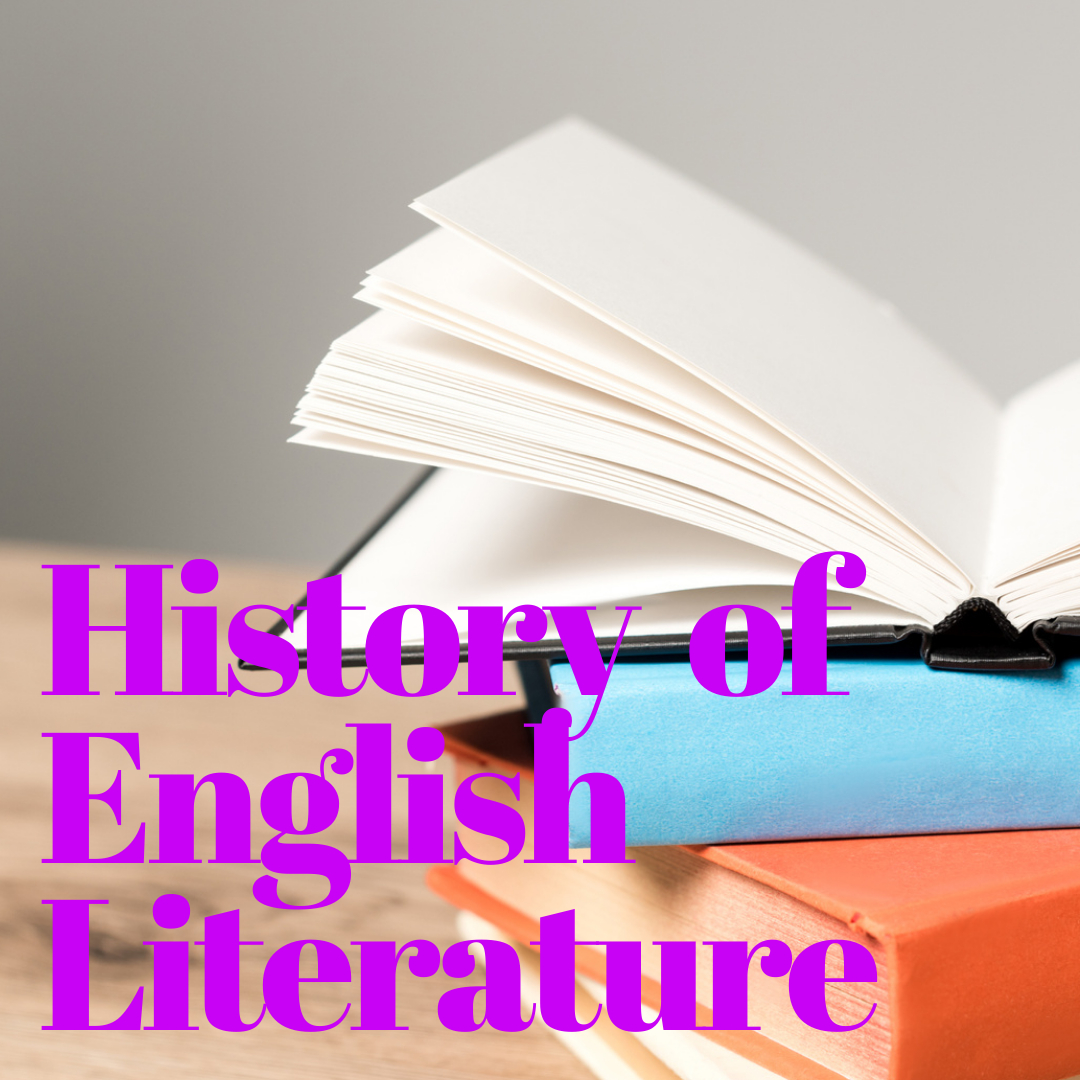History of English Literature: Master on It
✅ Comprehensive Guide
✅ Key Writers & Works
✅ Historical Context
✅ Simplified & Engaging
✅ Academic Support
₹99 Free

Master on Literary History
Keep mind the advantages of the upcoming changes in literature after its arousal.
Initiate
From the Anglo-Saxon period, with most written during the last 300 years, in both Latin and the vernacular.
Old English literature (in other Anglo-Saxon literature), it explores literature written in the Old English period (also called Anglo-Saxon) in Anglo-Saxon England, in this era from the 7th century to the time of Norman Conquest of 1066. From the Anglo-Saxon period, with most written during the last 300 years, in both Latin and the vernacular. In the era of Old English Period, there are about 400 surviving or suffering manuscripts. Anglo-Saxon literature has gone through different periods of research—in the 19th and early 20th centuries the focus was on the Germanic roots of English.
Likewise, King Alfred the Great (849–899), was the youngest son of King Æthelwulf, and the king of West-Saxon (871-886), he too wanted to restore to the English culture, on the other hand, he lamented for the poor state of Latin education. Research in the 20th century has focused on dating the manuscripts (19th-century scholars tended to date them older).
More about
It can be used in any verse, and consists of five permutations on a base verse scheme.
Here were seven major scriptoria from which they originate:
1. Winchester
2. Exeter
3. Worcester
4. Abingdon
5. Durham
6. Two Canterbury houses
7. Christ Church and St. Augustine's Abbey.
The first widely accepted theory was structured by Eduard Sievers (1885). On the other side, the theory of John C. Pope (1942), which uses musical notation to track the verse patterns, has been accepted in some quarters, and is hotly debated. The most popular and well-known understanding of Old English poetry continues to be Sievers’ alliterative verse: this system is based on accent, alliteration, syllabic accentuation, and vowel quantity. It can be used in any verse, and consists of five permutations on a base verse scheme.